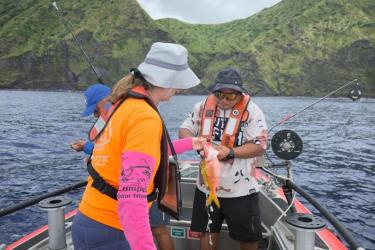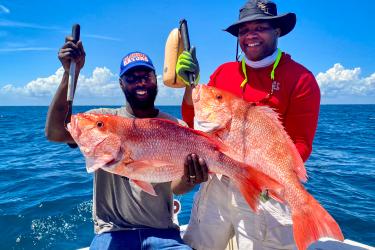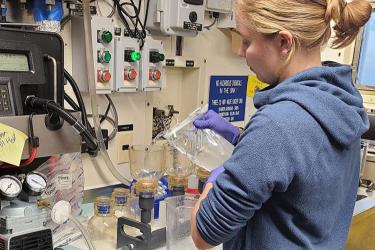Due to the uncertainties created by the COVID-19 pandemic and the unique challenges those are creating for NOAA Fisheries, we are cancelling the Southeast Fisheries Science Centers’ 2020 Southeast Fishery-Independent Survey (SEFIS).
This was a difficult decision for the agency as we strive to meet our core mission responsibilities while balancing the realities and impacts of the current health crisis.
Since March, we have been rigorously analyzing various options for conducting surveys this year and are taking a survey-by-survey, risk-based approach. After much deliberation, we determined that we will not be able to move forward with these surveys while effectively minimizing risk and meeting core survey objectives.
The Cancelled Survey
The Southeast Fishery-Independent Survey (SEFIS), run by NOAA’s Southeast Fisheries Science Center in partnership with the South Carolina Department of Natural Resources, uses video cameras and traps to provide fishery-independent data for more than 150 snapper-grouper, highly migratory, and coastal pelagic fish species on the southeast U.S. Atlantic continental shelf, including provision of data to support recent stock assessments for red snapper, red grouper, black sea bass, gray triggerfish, red porgy, greater amberjack, and vermilion snapper. Typically conducted in the late spring and summer, the SEFIS samples approximately 1,000 hardbottom stations annually in the region (~ 67% of the total annual sample size).
Next Steps
NOAA Fisheries is continuing to assess the status of other surveys in all our regions. We are working through numerous survey scenarios relative to community pandemic safeguards and safe work practices so that we maximize the science available for fisheries management in this challenging year.


